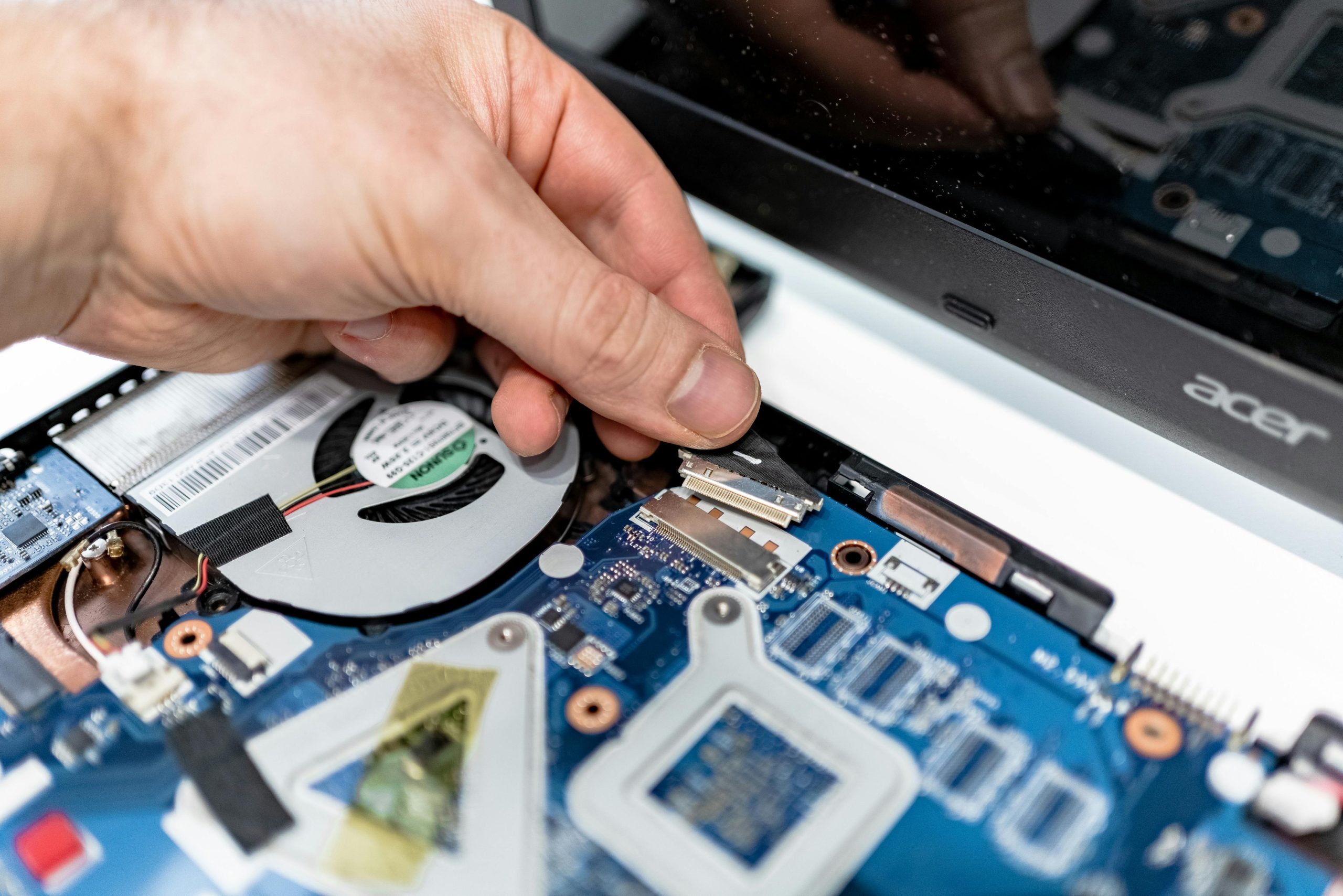Assessing Laptop Keyboard Replacement: Is My Technician’s Approach Typical?
If you’ve recently had your laptop’s keyboard replaced and are concerned about the procedures performed, you’re not alone. Many users wonder whether the methods employed by technicians align with best practices, especially when they observe aggressive handling or questionable reassembly techniques. Let’s explore some common experiences and clarify whether your technician’s actions were appropriate.
Keyboard Replacement and Handling of Internal Components
During a keyboard replacement, technicians often need to carefully detach the old keyboard and associated components to install a new one. However, concerns may arise if the process appears overly forceful. For instance, removing plastic covers or membranes—often thin plastic sheets that serve as insulation or grounding—should ideally be done gently to prevent damage.
In some cases, technicians might remove these protective layers aggressively or reassemble the device without replacing damaged or missing parts. While this may seem concerning, it’s essential to understand what these components are for. If the original part was damaged or missing, a professional should replace it with an equivalent part to ensure proper functioning and protection.
Functionality of Touchpad Buttons After Repair
Another common issue involves the touchpad buttons not functioning post-repair. It’s not unusual for certain hardware features to be tied to the original keyboard or internal wiring configurations. If a technician claims that specific buttons will only work with the original keyboard, this may indicate that the touchpad’s hardware or drivers depend on particular connections established via the original assembly.
However, if some buttons are working correctly while others are not, it might suggest a wiring issue, connector mismatch, or a need for driver updates. It is advisable to request a detailed explanation from your technician and, if necessary, seek a second opinion to ensure your device functions as intended.
Additional Tips for Proper Laptop Repairs
- Always ask for a detailed explanation of the repair process and any parts that are replaced or bypassed.
- Request photographs or documentation of the disassembly and reassembly procedures.
- Confirm whether the replacement parts are genuine or compatible equivalents.
- Test all features thoroughly after the repair, including keyboard, touchpad, and other peripherals.
- If you notice any irregularities or functionalities that are compromised, revisit the technician for clarification or professional assistance.
Conclusion
While some aggressive handling during repairs can be typical, it’s important that necessary components are replaced or reassembled correctly to maintain your laptop’s integrity and functionality. If you have concerns about the quality of service or suspect improper handling, consulting with a certified technician or seeking
Share this content:



